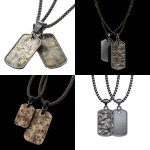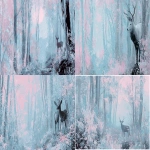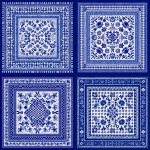Explore the Best AI Image Gallery
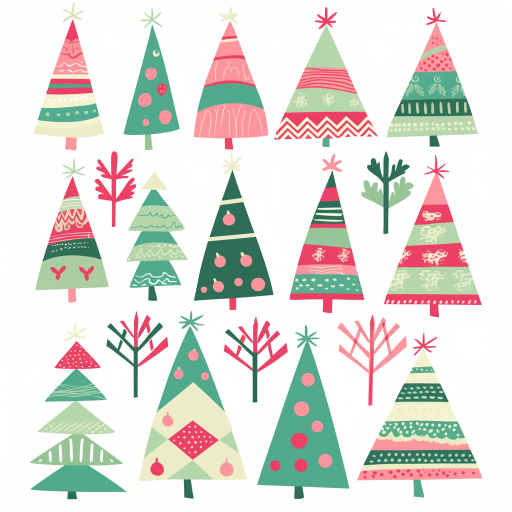
The Future of Artistic Expression: AI-Generated Images in the Creative Landscape
The advent of artificial intelligence (AI) has initiated a leap into uncharted territories of creativity and expression. Among its numerous applications, the generation of images has emerged as a revolutionary force, reshaping how artists and creators conceive, produce, and share their work. AI-generated images are more than just technological novelties; they are gateways into new realms of artistic possibilities, challenging long-held notions of creativity and authorship.
Understanding AI-Generated Images
AI-generated images are created through algorithms that analyze vast datasets of existing images, learning to understand different styles, color palettes, and elements of design. These algorithms can then generate new images that mimic or transform these learned styles. Technologies such as Generative Adversarial Networks (GANs) and neural networks have made it possible for AI to produce visually stunning art that can stand alongside traditional techniques.
Current Applications in Art
1. **Artistic Collaborations**: Many artists are now using AI as a collaborative tool. Instead of replacing human creativity, AI enhances it, allowing artists to experiment with new styles and concepts. For example, artists can input a concept, and the AI will suggest visual interpretations, sparking fresh ideas.
2. **Commercial Design**: In commercial settings, AI tools streamline the creation of visuals. Marketers can generate tailored content at scale, saving time and resources while customizing work to specific audiences. Graphic designers are increasingly turning to AI for tasks such as logo creation, website design, and product mockups.
3. **Personalized Art**: AI-driven platforms are enabling consumers to order personalized artworks. These tools can take user preferences and generate bespoke images, catering to unique tastes and spaces.
The Impact on the Creative Industry
The rise of AI-generated images is reshaping the landscape of the creative industry. While it opens up new opportunities, it also raises questions about authorship, originality, and the role of the artist.
Redefining Creativity
AI challenges the very definition of creativity. Traditionally, creativity was viewed as an inherently human trait—an act of expression born from emotion, experience, and subjectivity. However, as AI demonstrates its capability to produce remarkable art, we must ask whether creativity is solely a human domain or if it can also reside within machines. This question encourages artists to expand their viewpoints and reconsider their roles in the creative process.
Ethical Considerations
1. **Copyright Issues**: As AI-generated art becomes more prevalent, issues surrounding copyright and ownership are rising. Who owns the rights to an image generated by AI? The user, the AI developer, or perhaps a shared ownership? The lack of clear legal frameworks complicates this situation.
2. **Art Authenticity**: As AI can replicate known art styles and create visually captivating pieces, there’s an ongoing debate regarding authenticity. Can art produced by an algorithm be considered genuine or soulful? This question remains unresolved, as the art world grapples with the implications of non-human creation.
3. **Job Displacement**: While AI can enhance productivity and efficiency in the creative field, it also raises concerns about job security for artists and designers. As technology continues to advance, some fear that AI might replace human creators in specific domains, leading to potential job losses.
Looking Ahead: The Future of AI in Art
The trajectory of AI-generated art is a subject of intense speculation. What can we expect in the coming years?
1. **Innovative Collaborations**: We may witness an increase in collaborative projects between artists and AI, forging unique fusion art forms. These partnerships could redefine the boundaries of creation and innovation in unprecedented ways.
2. **Enhanced Personalization**: As AI tools become more accessible, personalized art experiences will likely rise. Expect platforms that not only curate art based on preferences but also evolve this content in real-time, producing art that resonates deeply with individual viewers.
3. **New Ethical Standards**: As AI continues to infiltrate the creative sector, discussions surrounding ethical standards will become increasingly essential. Establishing guidelines for the responsible use of AI in art will be crucial to appreciating its potential while respecting human creativity.
The creative landscape is evolving, and AI-generated images will play a pivotal role in this transformation. As artists and technologists continue to explore the intersections of creativity and technology, the future promises to be an exciting blend of human expression and machine-generated innovation. Are we ready to embrace this new era of art, where the canvas is limited only by our imagination?
](https://images.ai-img.art/thumbnails/150/5069aa189e17bd78aeca92187e5c62bda67761256379910e5c200ecb4f5f2e7e.webp)
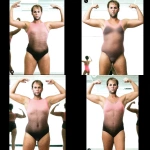

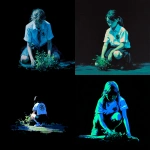

](https://images.ai-img.art/thumbnails/150/2c917818b0634aac687c59ae7c94d837ca896b2819f8d3df6ba1445e68b8da02.webp)
](https://images.ai-img.art/thumbnails/150/fc073d1a2fff02c64eeecc7b4b73e18f0b7667e8bc05943e443b141a3311b076.webp)
](https://images.ai-img.art/thumbnails/150/dd7dd0fd09b26ff45da59fe9e6984abcdf7a7bcc740f3bc38e69f3dbc83d048b.webp)
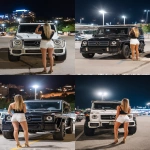
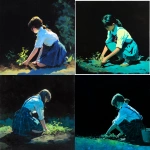
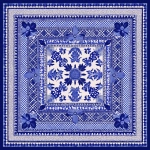
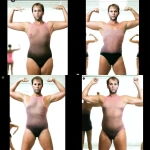
](https://images.ai-img.art/thumbnails/150/f23b13221a4460ade117871a02bc82d9d60529bd3fd68576bbc38035b1fd20fa.webp)
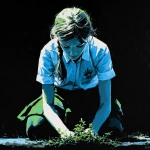
](https://images.ai-img.art/thumbnails/150/c6c21eff688a7d20bb648cb05ea0aa3d5214c2aa887bcae409d04c81f759dac6.webp)

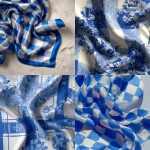
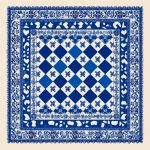

](https://images.ai-img.art/thumbnails/150/ab91e8e656ded19de27447ffae0e53aee549539117ea6e4d93b49655b3c43348.webp)
](https://images.ai-img.art/thumbnails/150/53a406d769fb61e4d1c0c8bb518961892f15cd7550f9674579032fd6e3203ace.webp)
](https://images.ai-img.art/thumbnails/150/2dcc1f362df60e3589dde05cfc73af01768cf1aa18b69c6ccb478663d5fc14f9.webp)
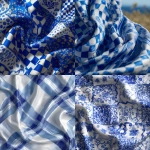
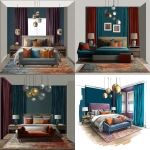
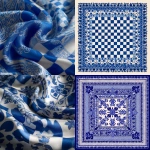
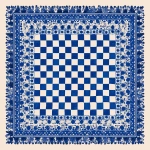
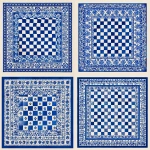
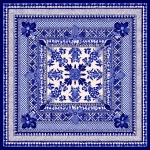
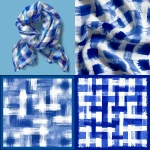



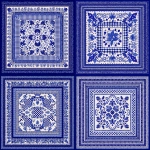
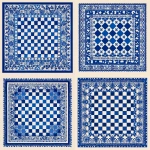
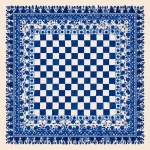
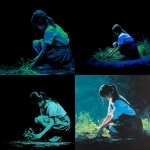
](https://images.ai-img.art/thumbnails/150/b793110582d567c3a08df1821fd41054e740f820523838b95fe417d4ca08a080.webp)
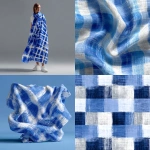
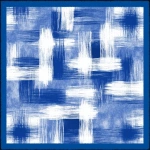



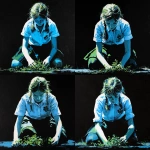
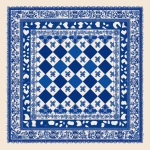
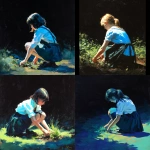
](https://images.ai-img.art/thumbnails/150/aefc82d15e67f6ec784c5020fef3a53d4b8565ae9124004842eecce9f5c4e465.webp)
